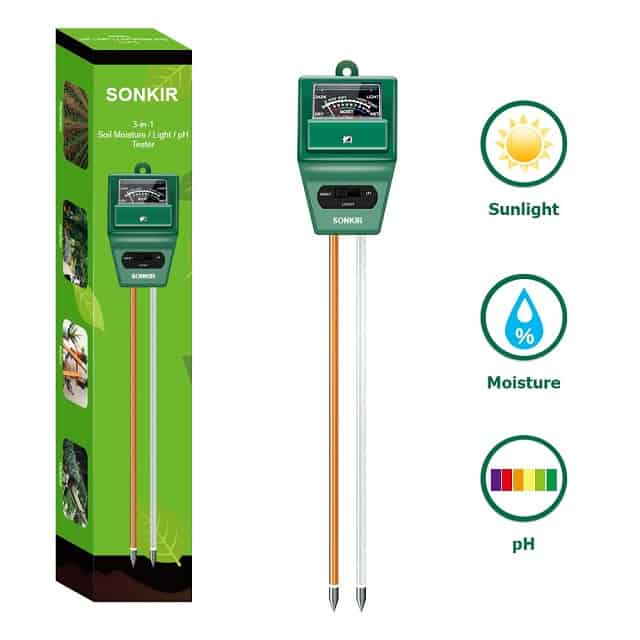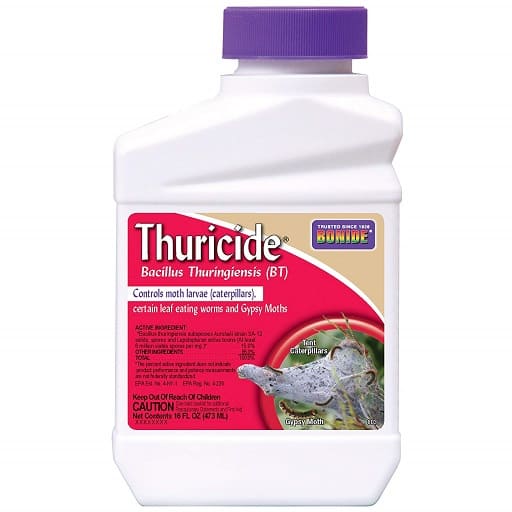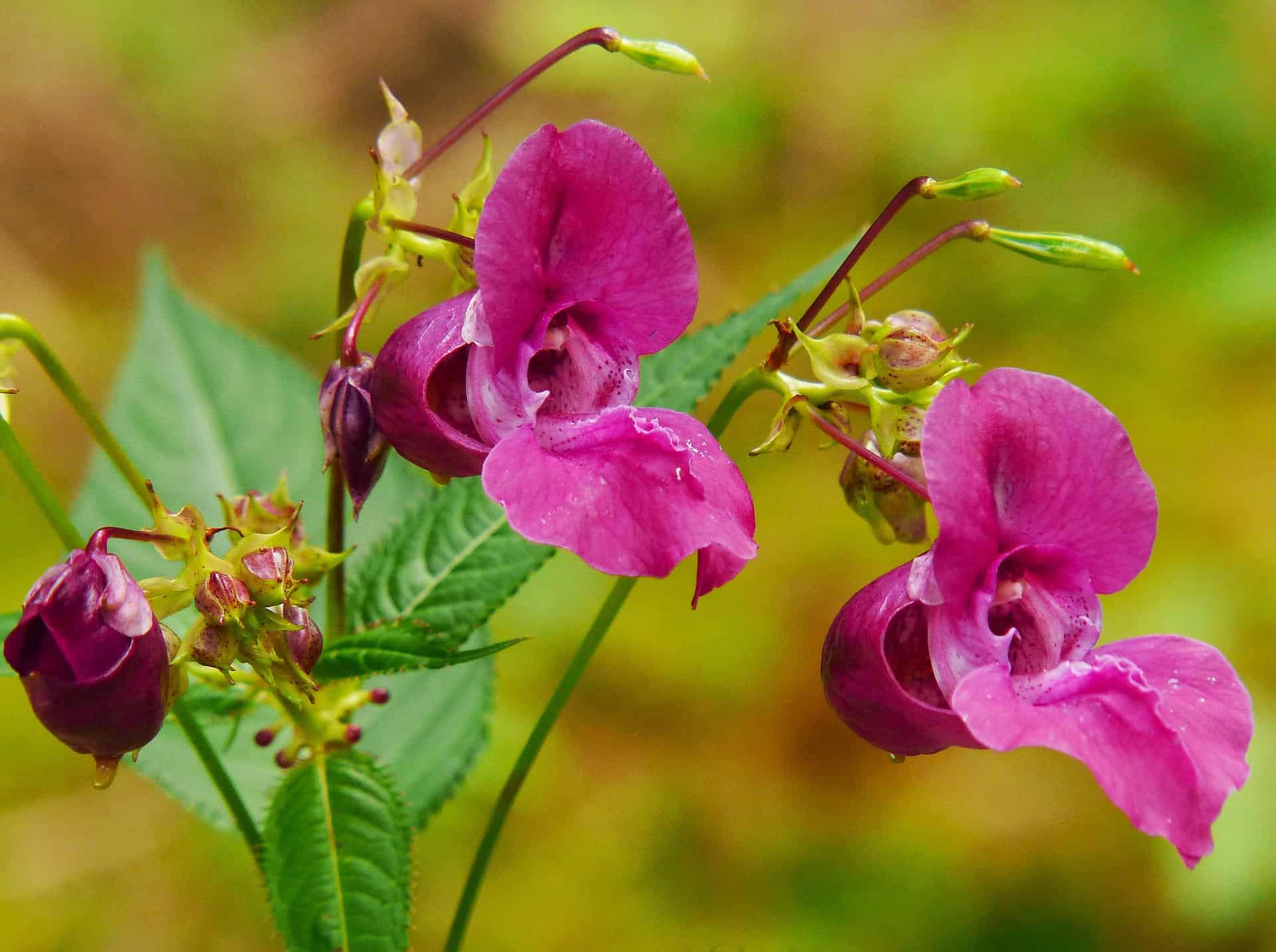Balsam is a very hardy flower and it does especially well when it’s planted in a warm sunny location. This heat-loving plant will also tolerate partial shade, and without fail it will keep producing an endless stream of flowers all season.
If you’re interested in learning how to grow Balsam keep reading this Balsam growing guide for more information.
Best Balsam Varieties
| Image | Name | Rating | Shop |
|---|---|---|---|
 | Seeds Balsam Mix (Impatiens Balsamina) | ||
 | David’s Garden Seeds Flower Balsam Tom Thumb Mix | ||
 | Camilia Flowered Balsam Flower Seed Mix |
Balsam Culture
Sun: Full Sun, Part Shade
Height: 2 to 3 Feet
Spread: 10 to 12 inches
Life Cycle: Annual
Water Requirements: Moderate
Plant Outdoors: Late April
Plant Indoors: March
Balsam Annual or Perennial
Balsam is an annual flower that’s native to India and South Asia and it grows in zones 2 to 11 USDA. They are very prolific self-seeding flowers, so even though they won’t survive the winter you can expect plenty of Balsam volunteers next season.
Balsam Sun or Shade
Balsam does best when it’s planted in full sun, but it will also grow in partial shade.
Starting Balsam Indoors
You can start Balsam seeds indoors in a heated seed-starting tray 2 to 4 weeks before the last frost in your region.
Use a loose potting soil mix that has good drainage, and keep the soil moist by keeping the tray covered until the seeds germinate.
As the seedlings begin to emerge you can move them to a sunny window, or place them under an LED Grow Light (Buy Online).
Once the plants have at least two full sets of leaves you can start to harden them off before moving them into their permanent location in your garden.
Starting Balsam From Seed in a Flower Bed
The easiest way to grow Balsam is to sow it directly into your flower beds once the soil thaws after the last frost in your region.
Then cover the seeds with a thin layer of soil, and keep watering them until they germinate in 7 to 10 days.
Balsam Plant Spacing
Balsam plants should be spaced 18-inches apart once the seedlings reach a height of 2-inches.
Balsam Soil Requirements

Balsam prefers to grow in fertile well-draining soil with a 6 to 7.5 pH. They also respond very well to compost and other organic soil amendments. And it’s also a good idea to apply a layer of mulch to your balsam beds in drought-prone areas.
Balsam Water Requirements
Balsam needs a steady supply of moisture throughout the growing season. As long as they get enough water they will continue to bloom through blistering hot weather. On the other hand, if they don’t get enough water they will stop flowering as a way to conserve water.
Balsam Temperature Requirements
Balsam is a heat-loving plant that thrives in hot temperatures and it will keep on flowering in the south throughout the summer. However, it will not tolerate cold temperatures, and balsam is highly susceptible to frost damage.
Balsam Humidity Requirements
Balsam is a tropical plant that prefers to grow in areas with high humidity levels, but it’s very adaptable and in most cases, it will happily grow in areas with moderate humidity (60% to 80% RH)
Balsam Fertilizer Requirements
Balsam should be fertilized with a slow-release fertilizer since it is a heavy feeder. For best results Apply a 10-10-10 NPK fertilizer every two weeks in the spring and early summer, then reduce that to once a month towards the end of the growing season.
How To Grow Balsam in Containers
Balsam can be grown in window boxes or containers. Just make sure to give them enough room since they can grow to be 2 to 3 feet tall and 12-inches wide.
Balsam is a heavy feeder and it’s a good idea to use an organic pre-fertilized potting soil mix, or add a time-release fertilizer to a standard peat moss-based potting soil if you plan on growing balsam in a container.
Balsam Pests

Balsam plants are very hardy and are rarely bothered by insects. However, in early spring and fall, they might get attacked by whitefly, thrips, and aphids. This can be remedied with a light spray of a dilute soap solution. Or you can release beneficial predatory insects like ladybugs into your garden to control a wide range of soft-bodied insects.
Balsam Diseases
Balsam plants are susceptible to a few diseases such as grey mold and powdery mildew. These diseases usually crop up late in the season, but they can also be caused by overwatering or in high humidity conditions.





